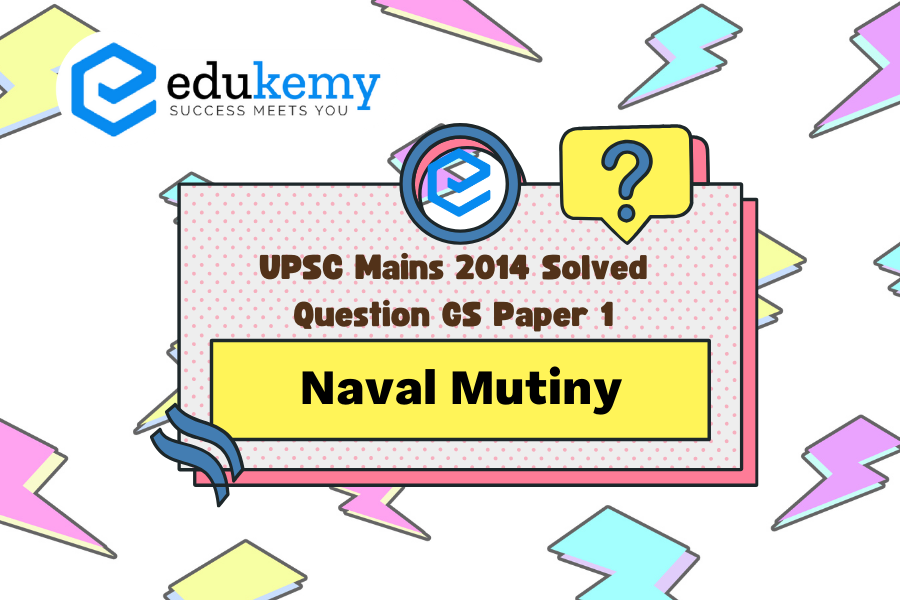The naval mutiny of 1946 marked a pivotal moment in the decline of British colonial dominance in India. Emerging as a culmination of simmering discontent among Indian sailors, the mutiny symbolized the deep-seated resentment against British rule and the desire for independence. The mutineers, comprising sailors from various backgrounds and regions, united under the common cause of ending colonial oppression. Their actions disrupted vital supply lines and communications, crippling the British war effort and exposing the vulnerability of colonial rule. Moreover, the mutiny garnered widespread support from the Indian populace, igniting a wave of nationalist fervor across the country. The British response, characterized by repression and violence, further alienated the Indian masses and eroded any semblance of legitimacy for colonial authority. Ultimately, the naval mutiny served as the final blow to British colonial aspirations in India, hastening the process of decolonization and paving the way for Indian independence.
Tag: The Freedom Struggle.
Contents
Decoding the Question:
- In the Introduction, start your answer with a brief introduction on naval mutiny.
- In Body,
- Discuss the reasons behind naval mutiny.
- Mention the impact of naval mutiny.
- Conclude the answer with the statement that it was the last nail in the coffin of British colonial aspirations in India.
Answer:
The Royal Indian Navy Rebellion (RIN), also known as the Royal Indian Navy Revolt or Royal Indian Navy Mutiny, was started on February 18, 1946, at Bombay port by the ratings (NCOs and sailors) against the British. The Rebellion of the Royal Indian Navy began as a ranking strike (referring to sailors subordinate to officers) by the ratings of HMIS Talwar, a beach company, demanding better food and accommodation.
- Firstly, the rating of HMIS Talwar was subjected to racial discrimination by the British forces. The Indian and the British troops were paid unequal salaries even for the identical designation, which created much resentment among the Indian soldiers.
- Secondly, the ratings were provided with unpleasant food and working conditions, which were hard for them to bear for even a day. It is said that this became the primary reason for the naval mutiny.
- Thirdly, the reason for the RIN strike was the arrest of BC Dutt, who wrote in HMIS Talwar, “Get out of India.” The day after the strike began, the qualifiers traveled to Bombay by truck, flew Congress flags, and European and police officers tried to resist them.
- Fourthly, the primary demand of the protesting sailors demanded the release of all political prisoners arrested over the INA trials, including S C Bose. They even wanted the release of Indian Troops held in Indonesia by the British forces.
The last nail in the coffin of British colonial aspirations in India:
- ‘For the first time, the blood of men in the Services and in the streets flowed together in a common cause’.
- RIN mutiny happened at a time when the withdrawal of the British from India was obvious
- The revolt was within the pillar of the British administration of armed forces which played a significant role in establishing the British Empire and crushing rebellions.
- The Royal Indian Navy (RIN) mutiny took place in the aftermath of the Indian National Army (INA) Trials and the revolt of the Royal Air Force. The Indian masses were already in a frenzy over these recent events.
- The revolt in the armed forces had a liberating effect on the minds of the people. The revolt strongly protested the arrest of rating for scrawling quit India on HMIS Talwar.
- The mutiny also found widespread support among the people who were already discontent with the British establishment. Also, as the mutiny grew, members of the Royal Indian Air Force and the armed forces joined in the rebellion.
- The mutiny showed the British that they could no longer trust the armed forces in India, and marked the end of their supremacy over the Indians.
- This revolt compelled the Britishers to give a thought to India’s demand for complete Independence. They also started to feel that they could no longer stay in India. As their main strength, the army began to revolt against them.
- Shortly after the uprising, Prime Minister Attlee sent a cabinet mission to India, so it is also speculated that the uprising accelerated the handing over of power to India.
The RIN mutiny proved to be the final nail in the coffin of British rule. Many reasons contributed to the hastened end of British rule in India, and RIN Mutiny was one of them. Leaders acknowledged that any public rebellion inevitably risks not allowing the central government further control. It is also important to note that the revolt ended after nationalist leaders Sardar Patel and Muhammad Ali Jinnah issued a statement calling for the rebels’ surrender after receiving requests for British intervention. The riots ended with the mediation of Sardar Vallabhbhai Patel. On February 23, 1946, the rebels surrendered. This event strengthened the resolve of all sections of the Indian people to see the end of British rule.
In case you still have your doubts, contact us on 9811333901.
For UPSC Prelims Resources, Click here
For Daily Updates and Study Material:
Join our Telegram Channel – Edukemy for IAS
- 1. Learn through Videos – here
- 2. Be Exam Ready by Practicing Daily MCQs – here
- 3. Daily Newsletter – Get all your Current Affairs Covered – here
- 4. Mains Answer Writing Practice – here


